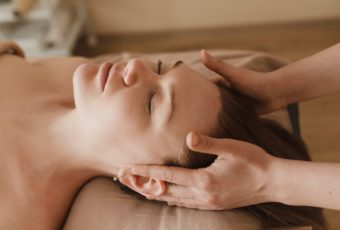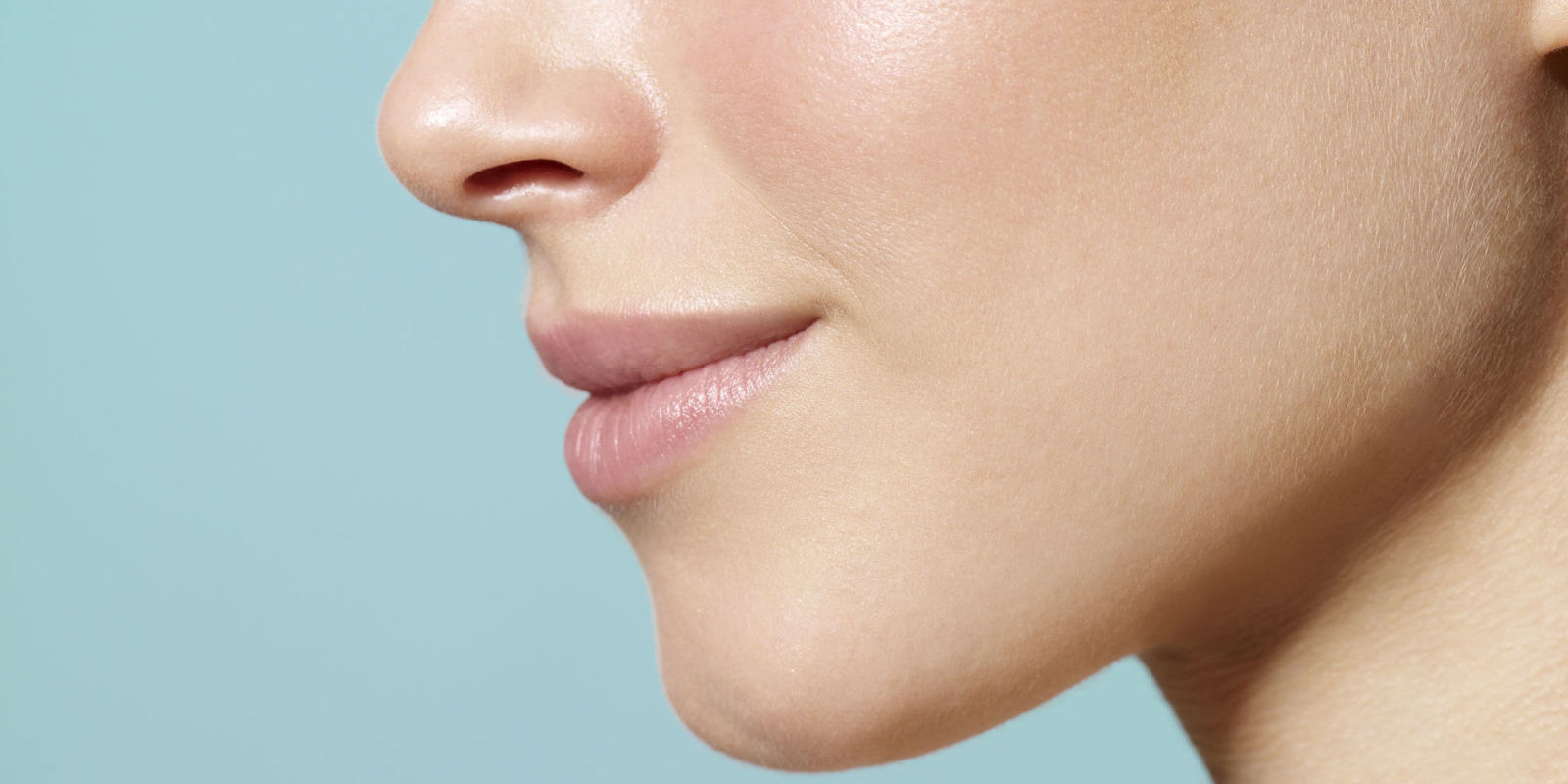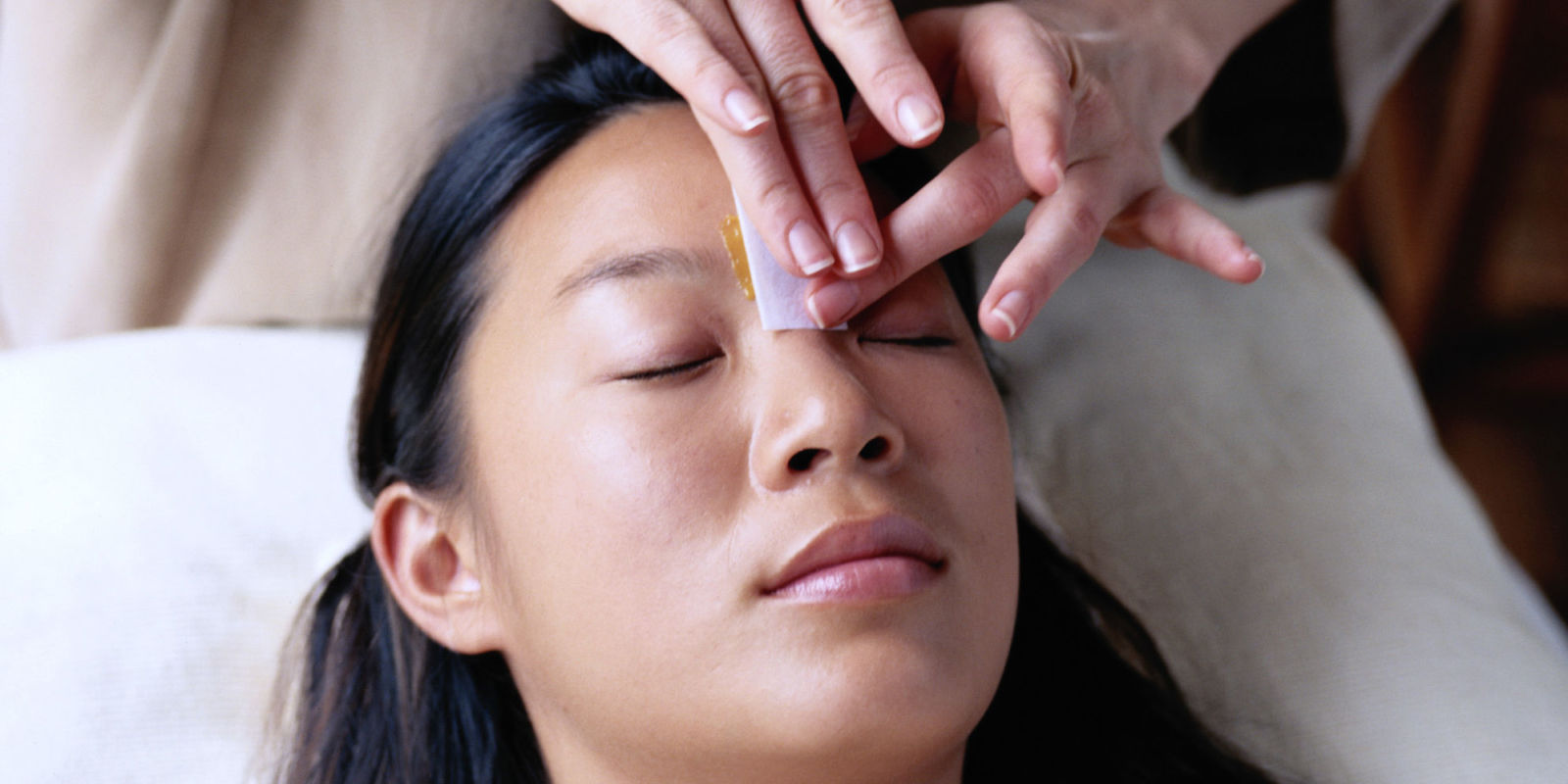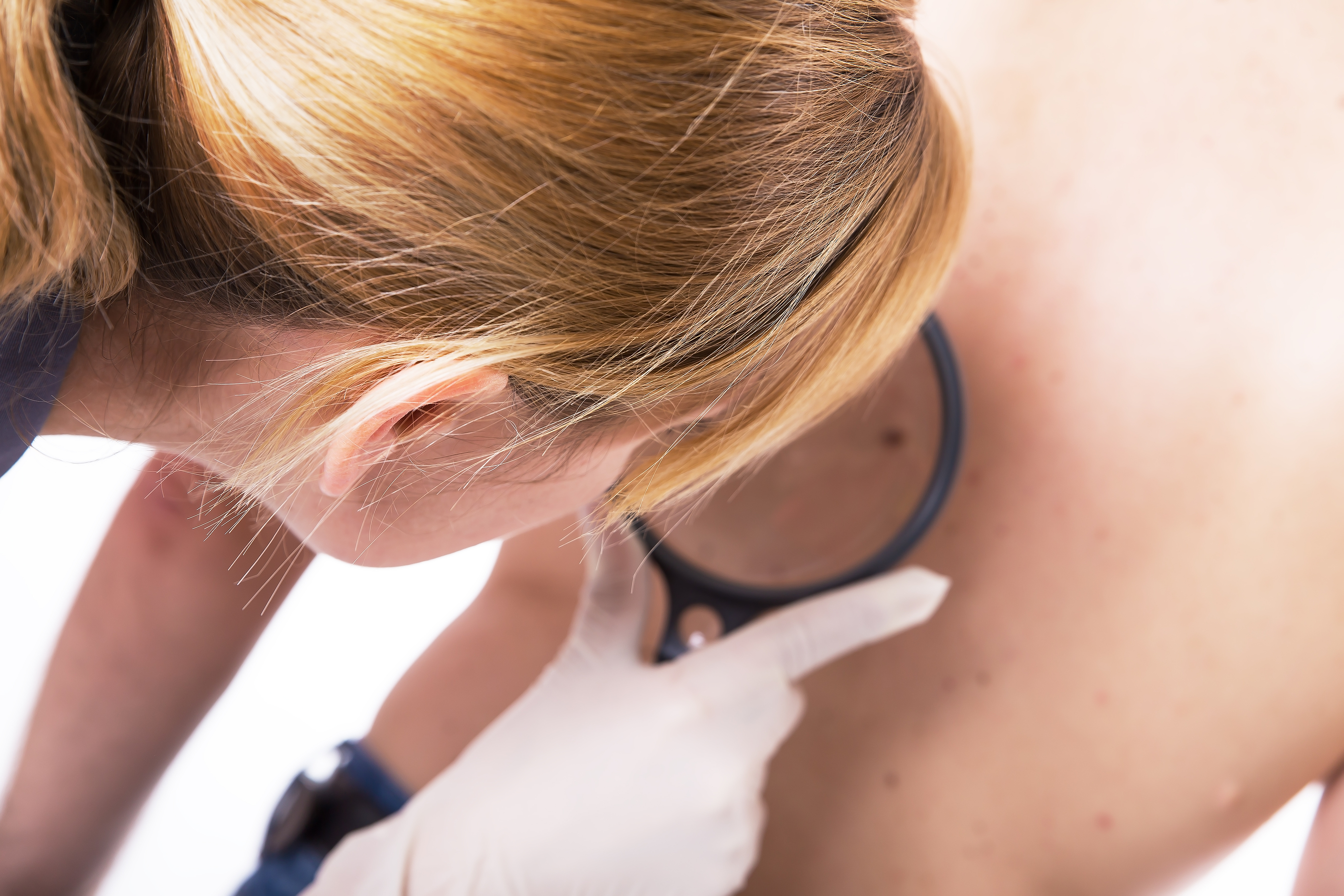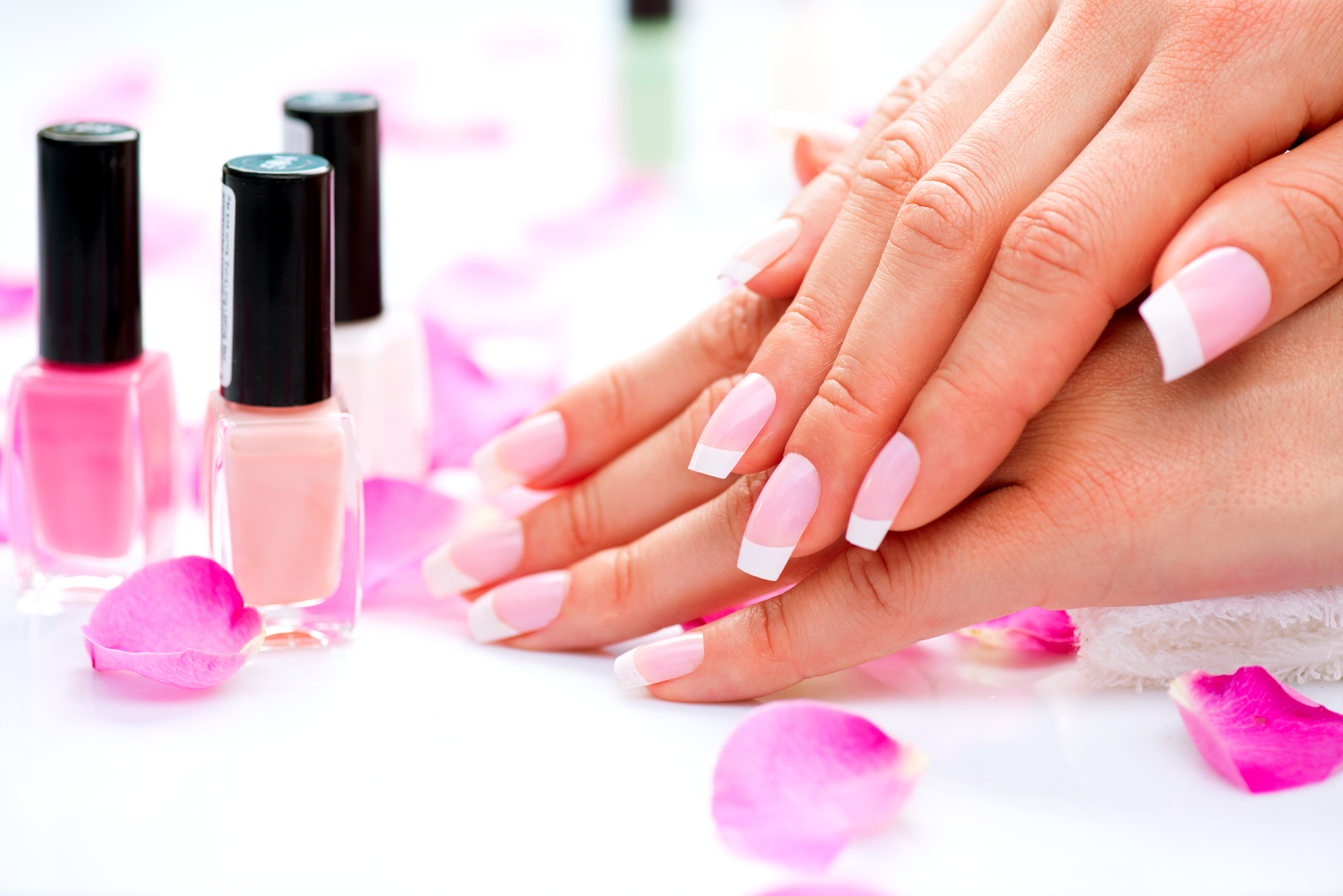Skin rejuvenation might be in your future if you are noticing some of the signs of aging such as fine lines. You may also be seeking an acne treatment that can clear up the skin quickly. In both of these cases, chemical peels might be a great fit for you.
How do you know if you are an ideal chemical peel candidate?
This article will explain to you how chemical peels work, the types that are available at Vibrant Dermatology, and whether you are an ideal client for this treatment.
What Is a Chemical Peel?
Over time, it is completely natural for your skin to start showing the signs of aging, like wrinkles, discoloration, and loss of vibrancy. Chemical peels are an excellent solution for skin rejuvenation, but many of our clients wonder how the process works.
This can sometimes be tricky to answer because there are several types of chemical peels that can be tailored to your individual needs. However, the general process that you can expect to encounter is the same for every variety of peel.
When you come to us for a chemical peel, you’ll be paired with an expert who will help determine exactly which treatment best meets your individual needs.
We will start by thoroughly cleansing your face of any oil, makeup, and impurities. Once the skin has been properly cleaned and prepared, we will apply the specific peeling agent that we determine is the right fit for you.
Sometimes, the peeling agent will need to be washed off following the treatment. Other types, it may remain on the skin for longer periods.
The good news is that you can use a chemical peel to pamper yourself, and it doesn’t have to take all day. For many of our clients, the procedure takes 20 minutes or less.
The actual peeling part of the process will typically start around one to three days after the peel is applied. The peeling part of the process will be over in about five to seven days. Make sure that you are taking excellent care of your skin during this time to speed up the process!
Types of Chemical Peels
There is no such thing as a one-size-fits-all solution for skincare. While the approach behind each chemical peel might be the same, each peel has unique elements designed to achieve specific results.
At Vibrant Dermatology, we offer three major types of peels that each have a unique impact on the skin:
- Salicylic Acid or Glycolic Acid Peels
- Modified Jessner’s Peel
- VI Peel
The salicylic acid or glycolic acid peels are a great option for acne treatment, but they can also target hyperpigmentation, sun damage, and fine lines. This particular treatment is relatively mild compared to slightly stronger formulas like the Modified Jessner’s peel.
With the stronger effects of the Modified Jessner’s peel, you can start to see results in a single session, with many of our clients reporting a change in texture. It can also be used as an acne treatment, for sun damage, scarring, fine lines, and discoloration.
Last but not least, you may want to explore the VI peel with Vibrant Dermatology. This custom blend of peeling agents can produce effects in under a week. While it is primarily used to combat the effects of hyperpigmentation, it also has other uses including fighting the effects of acne, fine lines, wrinkles, and sun damage.
Post-Treatment Care for Skin Rejuvenation
If you think that a chemical peel might be the right answer to rejuvenate your skin, then you need to know how to best care for your skin after the treatment. During the peeling process, which can last for up to a week following your chemical peel, you will need to be more cautious about taking care of your skin.
For example, you will need to avoid all products that could damage sensitive skin, such as:
- Retinoids
- Glycolic and salicylic acid products
- Facial scrubs or waxing
- Microdermabrasion
During the first week following the peel, you will also need to be diligent about your daily skincare routine. Applying a quality moisturizer and sunscreen should be on your to-do list every morning before you leave the house.
The Ideal Candidate for a Chemical Peel
If you are thinking about adding a chemical peel to your busy schedule, you need to know if you are the ideal candidate. A chemical peel can work on all skin tones, complexions, and hues. However, they tend to work best on those with lighter skin and hair.
Fear not if you have a darker complexion. You will simply need to discuss your options further with one of our providers.
The ideal candidate for skin rejuvenation through this treatment will have moderate fine lines or wrinkles. More severe wrinkles or dynamic wrinkles—usually located on the forehead or between the eyebrows—will require a different type of treatment.
Keep in mind that chemical peels are also great as an acne treatment. You may have to come in more frequently to treat acne effectively. Many of our patients see the best results by coming in for a new chemical peel every two weeks until they see the desired result. From here, you can start to space out your appointments to maintain your improved skin long-term.
Book Your Consultation Today
If you think you could be a great candidate for a chemical peel, why wait another day? Give Vibrant Dermatology in Dedham, MA, a call today to schedule your consultation.
All you have to do is let us know that you want to take advantage of our chemical peel process, and we will help you figure out the rest.

